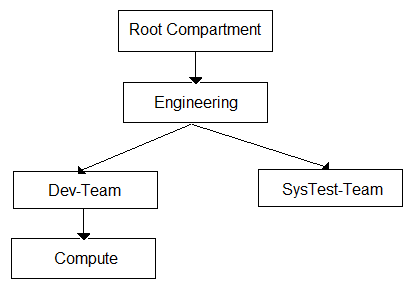
Expert Verified, Online, Free.

Which three scenarios are suitable for the use of Oracle Cloud Infrastructure (OCI) Autonomous Transaction Processing "" Serverless (ATP-S) deployment?
(Choose three.)
Correct Answer:
ACE
🗳️
Reference:
https://oracle.github.io/learning-library/oci-library/L100-LAB/ATP_Lab/ATP_HOL.html
You are the Solution Architect that designed this Oracle Cloud Infrastructure (OCI) compartment layout for your organization:
The development team has deployed quite a few instances under "˜Compute' Compartment and the operations team needs to list the instances under the same compartment for their testing. Both teams, development and operations are part of a group called "˜Eng-group'.
You have been looking for an option to allow the operations team to list the instances without access any confidential information or metadata of the resources.
Which IAM policy should you write based on these requirements? (Choose the best answer.)
Correct Answer:
C
🗳️
You are working for a Travel company and your travel portal application is a collection of microservices that run on Oracle Cloud Infrastructure Container Engine for Kubernetes. As per the recent security overview, you have noticed that Oracle has published a newer image of the Operating System used by the worker nodes. You want to make sure that your application doesn't face any downtime but at the same time the worker nodes gets upgraded to the latest version of the
Operating System.
What should you do to get this upgrade done without application downtime? (Choose the best answer.)
Correct Answer:
D
🗳️
You work for a large bank where security and compliance are critical. As part of the security overview meeting, your company decided to minimize the installation of local tools on your laptop. You have been running Ansible and kubectl to spin up Oracle Container Engine for Kubernetes (OKE) clusters and deployed your application.
For authentication, you are using an Oracle Cloud Infrastructure (OCI) CLI config file that contains OCIDs, Fingerprint, and a locally stored PEM file. Your security team doesn't want you to store any local API key and certificate, or any other local tools.
Which two actions should you perform to spin up the OKE cluster and interact with it? (Choose two.)
Correct Answer:
CE
🗳️
Reference:
https://oracle-cloud-infrastructure-ansible-modules.readthedocs.io/en/latest/modules/oci_cluster_module.html